Any Pruning Advice for Ficus Lyrata (Fiddle Leaf Fig)
Jocelyn
5 years ago
Featured Answer
Sort by:Oldest
Comments (14)
tapla (mid-Michigan, USDA z5b-6a)
5 years agoEkor Tupai
5 years agoRelated Professionals
Fillmore Landscape Architects & Landscape Designers · Marina Landscape Architects & Landscape Designers · Gainesville Landscape Contractors · Pelham Landscape Contractors · Allentown Landscape Contractors · Caldwell Landscape Contractors · Canby Landscape Contractors · North Potomac Landscape Contractors · Plainview Landscape Contractors · Wailuku Landscape Contractors · Watertown Landscape Contractors · Yukon Landscape Contractors · 07920 Landscape Contractors · Four Corners Landscape Contractors · East Hanover Interior Designers & DecoratorsJocelyn
5 years agotapla (mid-Michigan, USDA z5b-6a)
5 years agolast modified: 5 years agoJocelyn thanked tapla (mid-Michigan, USDA z5b-6a)Jocelyn
5 years agotapla (mid-Michigan, USDA z5b-6a)
5 years agoJocelyn
5 years agoJocelyn
5 years agotapla (mid-Michigan, USDA z5b-6a)
5 years agoJocelyn
3 years agotapla (mid-Michigan, USDA z5b-6a)
3 years agoJocelyn
3 years ago
Related Stories

HOUSEPLANTSPlay Up Some Fiddleleaf Figs for a Lively Indoor Tune
Strike a dramatic chord in a minimalist scene or a country note in a rustic setting — fiddleleaf fig plants harmonize with any style
Full Story
HOUSEPLANTSSee How Fiddleleaf Fig Trees Can Liven Up Your Decor
The tropical houseplant with big green leaves adds a cheerful and striking design element to rooms
Full Story
HOUSEPLANTS10 Top Plants to Grow Indoors
Brighten a room and clean the air with a houseplant that cascades artfully, stretches toward the ceiling or looks great on a wall
Full Story
CONTAINER GARDENSHappy Houseplants, Happy People
Potted plants add life and beauty to a room. Learn easy ways to keep them healthy
Full Story
DECORATING GUIDESDecorate Your First Apartment Without Breaking the Bank
Check out a dozen budget-friendly design ideas for making a rental apartment feel like home
Full Story
HOUSEPLANTS8 Essentials for Healthy Indoor Plants
Houseplants add so much to our homes — and can thrive when grown in the right conditions. Keep these tips in mind
Full Story
DECORATING GUIDESThe Dumbest Decorating Decisions I’ve Ever Made
Caution: Do not try these at home
Full Story
GARDENING AND LANDSCAPINGGrow a Lush Privacy Screen
No need to wait forever for patio privacy the green way. These 10 ideas will get your screening up and running in no time
Full Story
LIVING ROOMSNew This Week: How to Punch Up a Modern White Living Room
Consider these easy combinations to bring personality, color and texture to your neutral backdrop
Full Story
DECORATING GUIDESDitch the Rules but Keep Some Tools
Be fearless, but follow some basic decorating strategies to achieve the best results
Full StoryMore Discussions






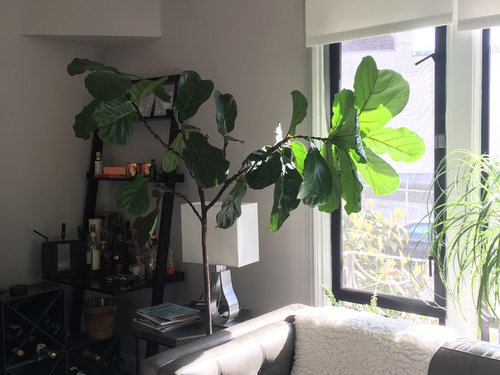

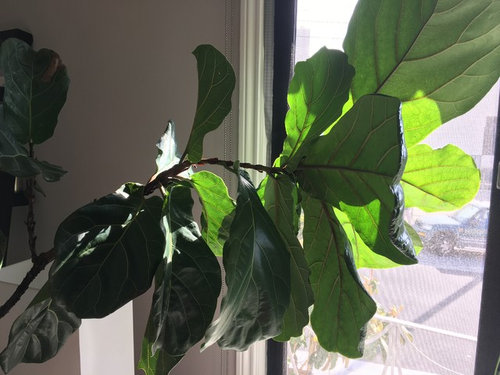
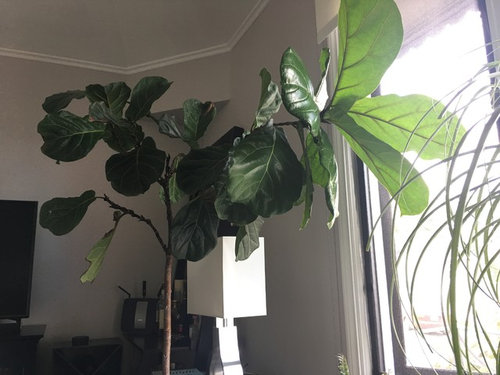
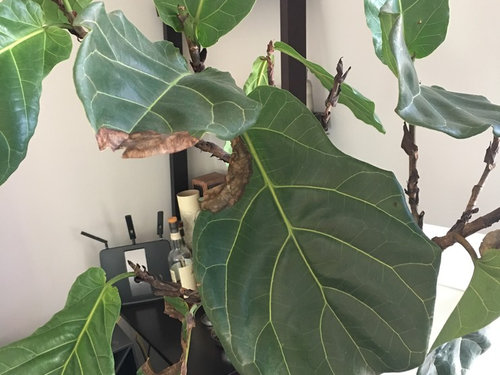
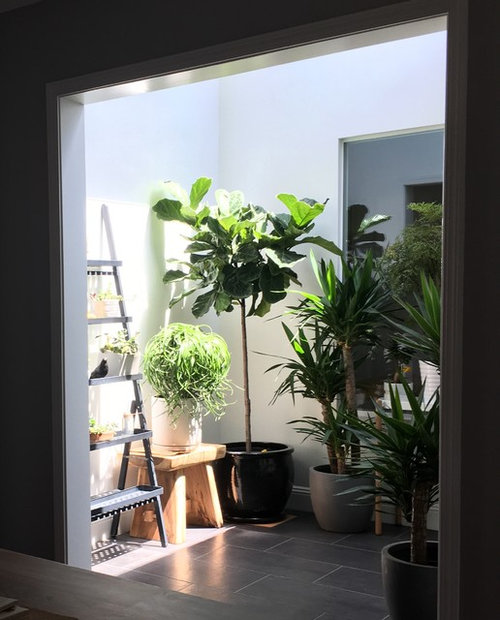
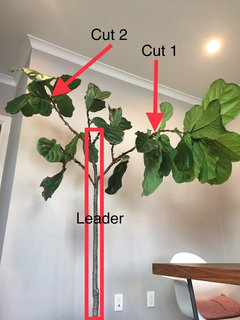
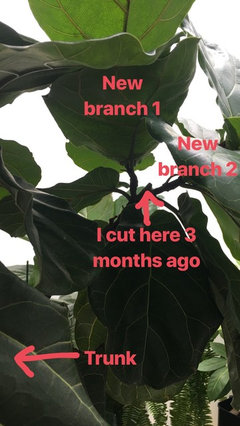



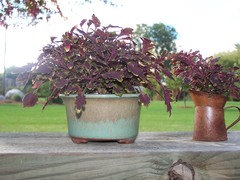
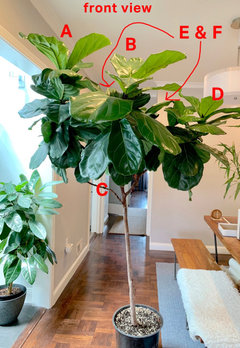

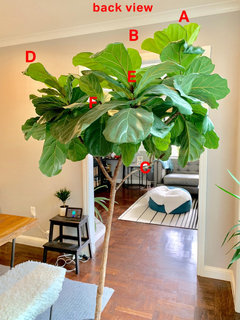
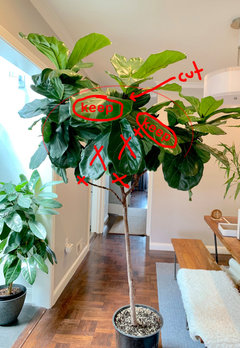




JocelynOriginal Author